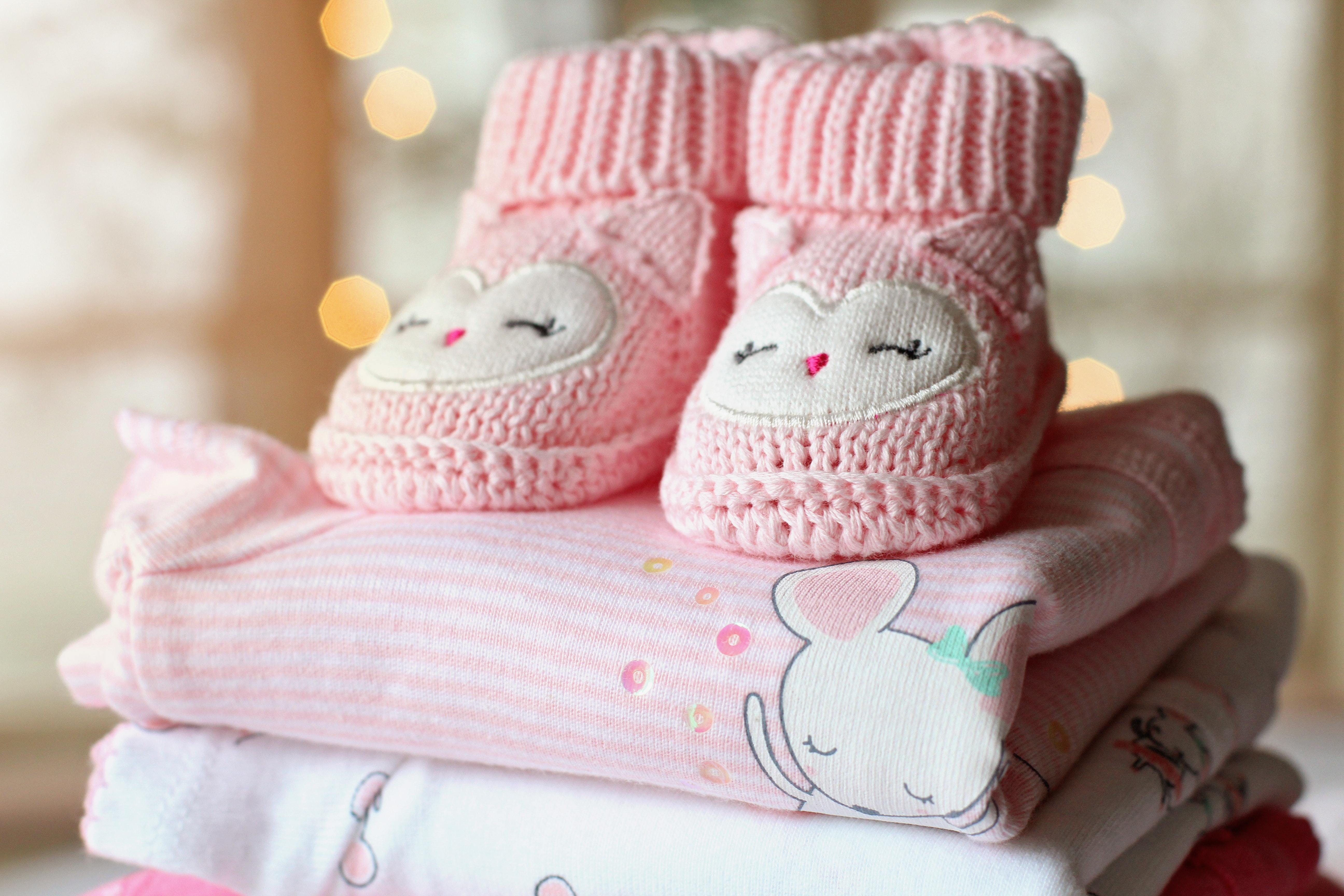There are so many reasons why you may want to store your clothes long-term.
Maybe it’s so you can store clothes that baby number 1 has outgrown so baby 2 can wear them in the future.

Or perhaps it’s as simple as the change in the seasons, and you’re fed up with wading through rows of floral dresses and denim shorts in a bid to reach that much-needed winter parka.
If you plan on storing your clothes away long-term, follow these tips to make sure they are in their best condition by the time you unpack them again!
Give Your Wardrobe A Spring Clean
Make your job easier by minimizing the pieces you have to tidy away.
It’s likely that your wardrobe will be packed with clothes that haven’t seen daylight for a couple of years. These unloved clothes have got to go before you go any further! If that ‘special occasion’ hasn’t happened over the past 2 years, what are the odds it’ll happen during the next two?
Sort your clothes into 3 categories: keep, donate, and recycle.
From your keep pile, decide what’s going back into the daily wardrobe and what’s going into storage. Now your task is going to be far more manageable.
Sewing Needles and Thread At The Ready
You may have a few items in your keep pile that is damaged.
Whether it’s a missing button or a slight tear, repair them now before storing them.
It’ll save you the annoyance of retrieving your clothes in a few months, only to realize you need to get the sewing kit out!
Clean And Dry
Nothing’s worse than finding your favorite jeans stained or smelling musty when you need them.
Wash clothes before storing—they’re your future-you’s gift of gratitude.
Identify fabric types so you can clean garments properly before long-term storage.
Delicate fabrics like cupro need the right method to avoid damage.
Dry clean pieces if needed; leftover stains will set during storage.
Even “clean-enough” clothes can hold residue that attracts bugs and leaves stains.
Ensure clothes are completely dry before packing to prevent mold and odor.
Skip ironing—everything will crease in storage anyway.
Polish shoes, stuff them with tissue, and let them dry completely before storing.
Take An Inventory
Taking stock of the clothes you’re about to store is a good idea by making a comprehensive inventory. This way, you’ll not forget what items you own and won’t buy duplicate items.
Your inventory should be a concise record that includes the name of the article of clothing, a brief description of its appearance, size, and where it is stored.
There’s nothing worse than going to pick up your winter jackets, and you haven’t a clue if they are in boxes 3, 7, or 33 all the way in the back. Taking inventory and marking boxes carefully will help you out when it comes to sourcing items when you need them.
Select Your Storage Solutions Carefully
Many hail the merits of vacuum bags as a space-saving option for storing clothes and bedding, but if you plan on storing your clothes long-term, this isn’t something you should use.
Vacuum bags prevent air flow, damaging the delicate fibers of natural materials like silk and wool and causing them to lose their structure.
You need a well-ventilated storage solution that keeps your clothes dry, dust-free, and away from pests.
For extra protection, plastic storage boxes are one of the best options for storing clothes, especially when lined with cotton sheets. Rolling the clothes rather than stacking piles of folded items will make the best use of the space, and your clothes won’t have the same harsh creased lines as when folded neatly.
When storing in boxes, be tactical and store the heaviest clothes on the bottom and the lightest on the top. Label the boxes with their contents and match this to your inventory.
Some items of clothing need to be hung. If you have clothing that falls into this category, use non-wire hangers and hang them on a rail that is covered with a breathable material sheet.
Another thing to avoid is mothballs! Natural wooden cedar balls are a much better alternative that smells better, is just as effective, and contains no harmful chemicals that harm children and animals. Place these balls at the top of your storage space rather than straight on top of clothes.
Storage Conditions
After sorting clothes into containers or rails, store them in conditions that protect them for the long term.
Basements, attics, or cupboards may not offer the best environment for preserving your garments.
Clothes last longer when stored in cool, dry, and dark conditions.
Homes don’t always maintain stable conditions year-round.
Self-storage units offer space, security, and climate control—ideal for maintaining the condition of your clothes.
Keep An Eye On Them
Check on stored clothes regularly if you plan to leave them packed for several months.
Avoid folding clothes the same way for the entire storage period.
Every few months, refold garments to prevent permanent creases.
Inspect items occasionally to catch damage before it worsens.
These simple steps make long-term clothing storage more effective and stress-free.
Would you like a version with a lighter or more professional tone?
About the author
Carol is a freelance writer for Storage Vault Cambuslang and is absolutely bonkers about storage and productivity. When she’s not writing, she explores the Scottish Highlands with her MacBook and notepad, chasing inspiration and adventure.